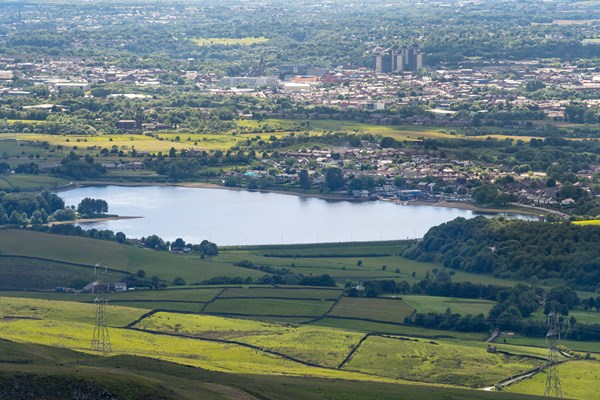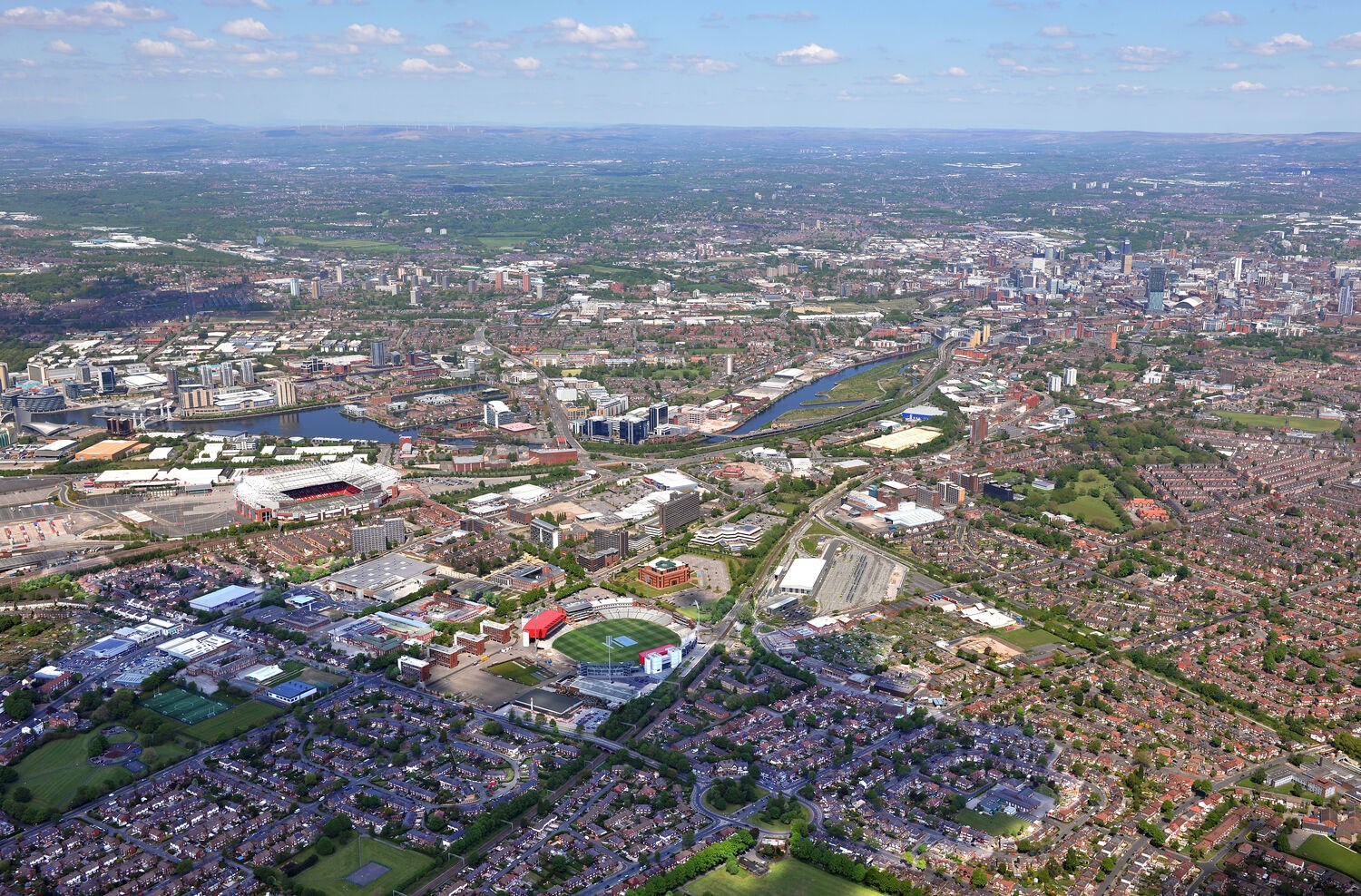
Cabasa - The Living Dress
Carnival arts organisation Cabasa wants to change how it and the wider sector can respond to environmental impacts on the planet caused by the carnival industry.
Artistic Director Emily Wood explains how the Tameside-based social enterprise is committed to finding new ways of using natural dyes and textile processes in its work, raising awareness and influencing change.
Why did you apply for the GMCA Foundational Economy Innovation Fund?
It’s really exciting to see money coming from Greater Manchester for Greater Manchester organisations. We heard about the grant at a time when we’d begun thinking about how to start to move away from using synthetic dyes in the fabrics that are central to the carnival industry. We wanted to explore whether natural dyes were a better, sustainable alternative, but were struggling to find the resources to do this. This funding gave us the money, time, and space to continue to investigate how we can reduce the reliance on synthetic dyes that are sourced from outside of GM to locally grown natural dyes.
Tell us about your project
We’re researching methods of using natural dyes, materials, and fibres, and are beginning to see how we can implement these in our work. This has involved in-depth learning around natural dyeing processes – studying best practices, examining supply chains, and exploring partnering with Greater Manchester-based dye workshops and practitioners. We’ve created our own dye garden, and are excited to help the workforce in Oldham and Tameside to develop skills in producing and using natural dyes, with a focus to reach hundreds of culturally under-served women.
This work has given birth to ‘The Living Dress’, which will see naturally dyed fabric adorning a series of five-metre outdoor sculptures in Oldham, Rochdale and Tameside, to create stunning artworks that we hope will be enjoyed by tens of thousands of people in 2024.
What successes have you had to date?
The Living Dress is a venture that is going to embody all of our learning so far, which we hope will give us a high-profile platform for sharing our learning and low-carbon fashion practices and testing the potential for scaling-up the project.
In 2024, we will be working with eight community groups carrying out in-depth work, involving more than 400 people. We’ve already been able to sell The Living Dress into other arts organisations. None of this would’ve been possible without the innovation grant from GMCA for our research and development, which has created a real snowball effect of investment and interest in this project.
It’s been brilliant to have such investment in our idea and organisation, and the engagement we’ve had so far from the communities and organisations that wish to work with us to develop this project has been incredible – they’re really understanding and buying into what we’re doing.
What does the future hold for the project?
Our aim is to launch a new period of exploration and innovation in sustainability for carnival arts practice. As well as selling The Living Dress model across the country – helping to generate big, bold, beautiful and sustainable outdoor events that capture the joy of being part of a community – we want to ensure that as an organisation we’re more climate-kind.
If in two years’ time we are incorporating home-grown and locally sourced natural dyes within our work, then that means this exploration of innovative processes has been a success, and that we’ve become an organisation which has integrated natural dyes into its everyday practice. So watch this space!



